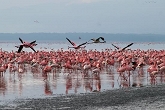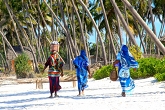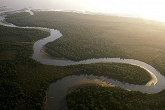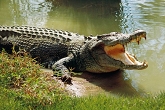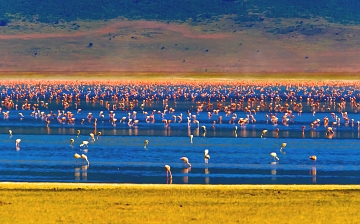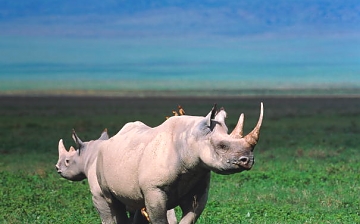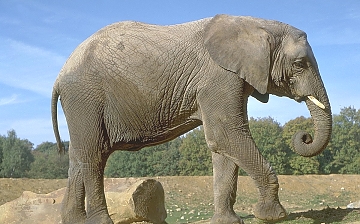Ngorongoro Conservation and The Crater
Ngorongoro Conservation and The Crater is located 190km West of Arusha and if covers 260sqkm surrounded by very steep walls rising 610 m from the crater floor, the crater is within the Ngorongoro conservation area that covers some 8300sqkm. It is the 8th wonder of the world, and the largest unbroken volcano caldera in the world. Wildlife: Black Rhino, Lion, Leopard, Cheetah, Elephant, Buffalo, Hippo, Zebra, Wildebeest, hyena, Gazelles and more.
Birds:
Flamingos on the soda lake, Ostrich, Marabou and many more. Accommodation: Serena lodge, sopa lodge, wildlife lodge crater lodge, Private and Public camping sites all lined up on the Crater Rim.
Olduvai Gorge:
The gorge is within the Ngorongoro conservation areas on the way to the Great Serengeti Park. Fossil bones, hominid, tools and tracks tell the story of signs of life over the past 3.5 million years. There are Museum and an archeological site, a very information center. Some other attractions in the conservation are; olmost crater, Empakai crater, Mt. Lolmalasin a third highest peak in Tanzania 3600m and Nasera rock.
People and Culture (Maasai and their Cattle sharing land with Wild animals)
History tells that, thousands of years a succession of cattle herding people moved into the Area, lived here for time, and then moved on, sometimes forced out by other tribes.
About 200 years ago the Maasai arrived and have since colonized the Area in substantial numbers, their traditional way of life allowing them to live in harmony with the wildlife and the environment. Today there are some 42,200 Maasai pastoralists living in the NCA with their cattle, donkeys, goats and sheep. During the rains they move out on to the open plains; in the dry season they move into the adjacent woodlands and mountain slopes. The Maasai are allowed to take their animals into the Crater for water and grazing, but not to live or cultivate there. Elsewhere in the NCA they have the right to roam freely.
Visitors are welcomed at two designated Maasai cultural bomas one on the road to Serengeti and another close to Sopa Lodge at Irkeepusi village.
The Datoga, Nilo-Hamitic-speaking pastoralists, who arrived more than 300 years ago and were subsequently forced out of the Serengeti-Ngorongoro area by the Maasai, today they live just outside the NCA, in the Lake Eyasi basin and beyond.
Birds:
Flamingos on the soda lake, Ostrich, Marabou and many more. Accommodation: Serena lodge, sopa lodge, wildlife lodge crater lodge, Private and Public camping sites all lined up on the Crater Rim.
Olduvai Gorge:
The gorge is within the Ngorongoro conservation areas on the way to the Great Serengeti Park. Fossil bones, hominid, tools and tracks tell the story of signs of life over the past 3.5 million years. There are Museum and an archeological site, a very information center. Some other attractions in the conservation are; olmost crater, Empakai crater, Mt. Lolmalasin a third highest peak in Tanzania 3600m and Nasera rock.
People and Culture (Maasai and their Cattle sharing land with Wild animals)
History tells that, thousands of years a succession of cattle herding people moved into the Area, lived here for time, and then moved on, sometimes forced out by other tribes.
About 200 years ago the Maasai arrived and have since colonized the Area in substantial numbers, their traditional way of life allowing them to live in harmony with the wildlife and the environment. Today there are some 42,200 Maasai pastoralists living in the NCA with their cattle, donkeys, goats and sheep. During the rains they move out on to the open plains; in the dry season they move into the adjacent woodlands and mountain slopes. The Maasai are allowed to take their animals into the Crater for water and grazing, but not to live or cultivate there. Elsewhere in the NCA they have the right to roam freely.
Visitors are welcomed at two designated Maasai cultural bomas one on the road to Serengeti and another close to Sopa Lodge at Irkeepusi village.
The Datoga, Nilo-Hamitic-speaking pastoralists, who arrived more than 300 years ago and were subsequently forced out of the Serengeti-Ngorongoro area by the Maasai, today they live just outside the NCA, in the Lake Eyasi basin and beyond.







